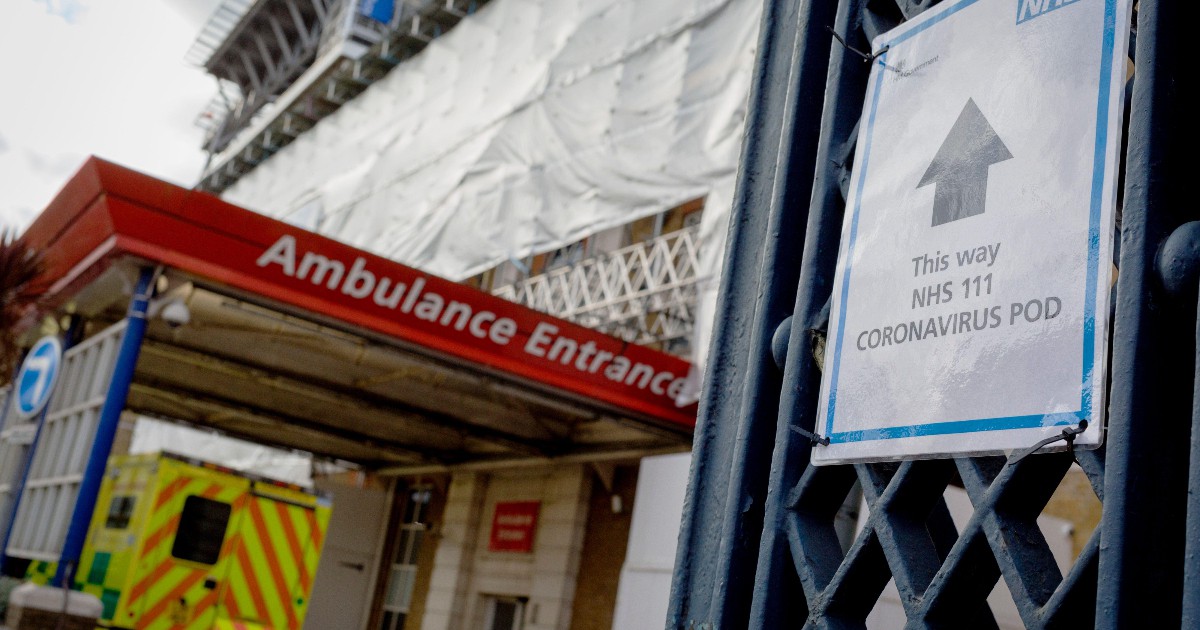Covid testing hasn’t left 12 million on NHS waiting lists

20 August 2021
What was claimed
12 million people are on waiting lists for operations and treatment because the NHS is too busy testing healthy people with no symptoms for Covid-19.
Our verdict
The current waiting list is 5.5 million, and this is anticipated to rise, with some estimates up to 12.2 million. There are a number of factors contributing to the size of the waiting list. Much of the Covid-19 testing happens outside of the NHS.
A Facebook post shares a meme which says “Britain in 2021: We are currently testing millions of people who aren’t ill, whilst not treating 12 million people who are ill”. The caption of the post then says that this backlog of “genuinely sick” people exists because the NHS is too busy testing healthy asymptomatic people.
It is true that disruption to health services during the Covid-19 pandemic has meant more people are on waiting lists. The number of people waiting to start treatment within the NHS at the end of June 2021 in England was 5.5 million.
There is speculation that this number may significantly increase over the coming months with estimates it could reach up to 12.2 million, but it is incorrect to suggest that this is the current situation.
To say that this backlog has been caused by the NHS testing individuals for Covid-19 paints an incorrect picture of how the delays have come about, and how testing is performed in the UK.
What has caused NHS waiting lists?
In June, then-health secretary Matt Hancock attributed increased delays in NHS treatment to a number of Covid-19 related factors, including cancelled elective operations to create capacity for Covid-19 patients, as well as individuals not seeking healthcare as readily in the midst of the pandemic.
Organisations such as the NHS Confederation (an organisation that “brings together, supports and speaks” for the whole healthcare system, across different sectors) and others have also cited the issue of understaffing due to staff sickness and isolation in being able to provide services, particularly earlier in the pandemic.
There is no available evidence that suggests the volume of Covid-19 tests being undertaken by the NHS is responsible for delays in treatment.
There were of course waiting lists pre-dating the pandemic too. In February 2020, for example, 4.4 million people were waiting for treatment in England.
What are the different routes for testing?
There are different routes for testing, known as ‘pillars’:
- Pillar 1 testing includes PCR swab tests analysed by Public Health England (PHE) labs and NHS hospitals, for patients and healthcare staff.
- Pillar 2 testing includes swab testing of the wider population and some NHS patients prior to being admitted to hospital. Pillar 2 uses Lighthouse laboratories, which are managed through the Department of Health and Social Care, NHS trusts, commercial suppliers, academia and not-for-profit organisations, as well as additional partner laboratories.
Pillars 3 and 4 include antibody testing, and testing for national surveillance and research.
In England, between May 2020 and the first week of August 2021, the vast majority of all lab tests in pillars 1 and 2 were performed from pillar 2.
The Department of Health and Social Care confirmed to Full Fact that NHS Test and Trace and the wider NHS have worked in partnership on testing since the start of the pandemic.
The Facebook post also equates Covid-19 with flu. This is incorrect, and we have written about it many times before.
This article is part of our work fact checking potentially false pictures, videos and stories on Facebook. You can read more about this—and find out how to report Facebook content—here. For the purposes of that scheme, we’ve rated this claim as partly false because this is the predicted number, and waiting lists have increased during the pandemic, but the NHS being busy with Covid-19 testing is not the main reason.


